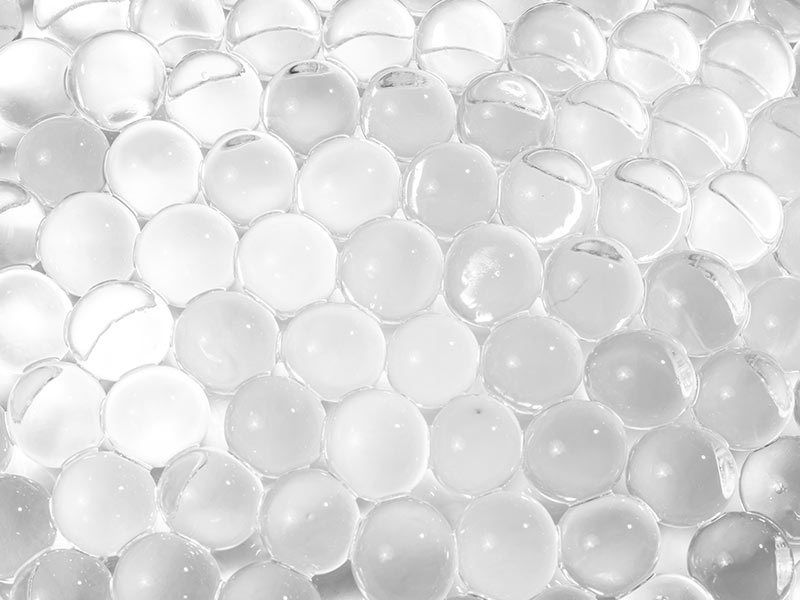Polyether polyols are a class of organic compounds that contain multiple hydroxyl (OH) groups. They are typically produced by the polymerization of alkylene oxides, such as ethylene oxide and propylene oxide. Polyether polyols are widely used in the production of polyurethanes, which are a versatile class of materials with a wide range of applications, including:
- Insulation
- Cushioning
- Adhesives
- Coatings
- Sealants
- Elastomers
Polyether polyols can be classified into two main types:
- Block copolymer polyols: These polyols are made up of alternating blocks of different alkylene oxides. For example, a block copolymer polyol made from ethylene oxide and propylene oxide might have a structure like EEO-PPP-EEO.
- Random copolymer polyols: These polyols are made up of randomly arranged alkylene oxide units.
The specific properties of a polyether polyol depend on its chemical structure, which can be tailored to meet the specific needs of different applications. For example, polyols with a high ethylene oxide content are typically more flexible and easier to process than polyols with a high propylene oxide content.
Polyether polyols are typically produced in large industrial plants. The production process involves a series of steps, including:
- Alkylene oxide purification: The alkylene oxides are purified to remove impurities that could interfere with the polymerization reaction.
- Initiation: The polymerization reaction is initiated by adding a small amount of a catalyst.
- Propagation: The alkylene oxide monomers add on to the growing polymer chain.
- Termination: The polymerization reaction is terminated by adding a terminator, such as water or an alcohol.
The resulting polyether polyol is then purified and packaged for shipping.
Polyether polyols are an important class of industrial chemicals with a wide range of applications. They are used to produce a variety of products that are essential to our modern way of life.







